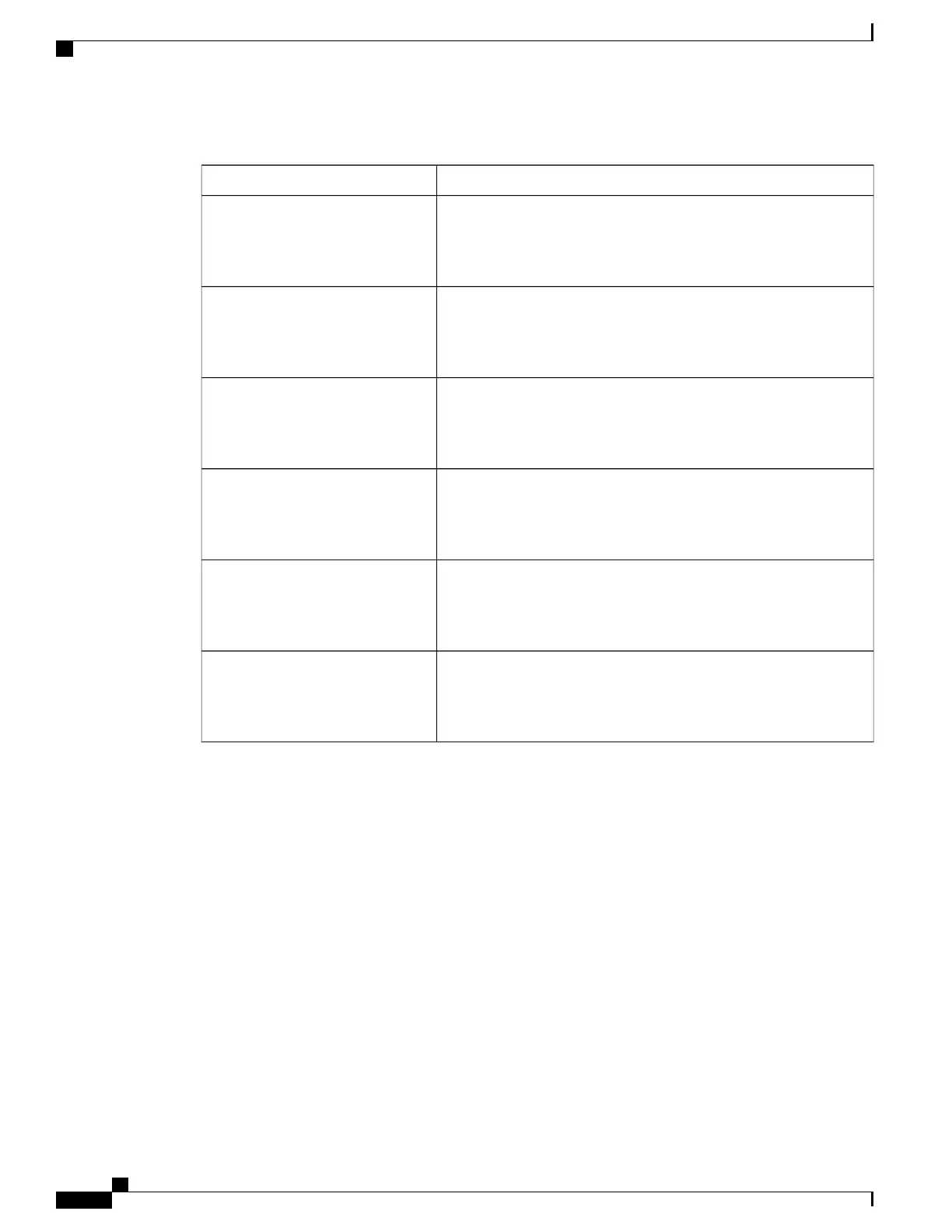Table 118: Output Field Descriptions
DescriptionOutput Field
Fault Type
Type: String
Values: "Alarm" or "Warning"
type
Fault name
Type: String
Value: Maximum of 24 characters
name
Fault description
Type: String
Value: Maximum of 64 characters
details
Date and time fault was triggered
Type : String
Values: string format "yyyy/mm/dd hh:mm:ss"
setdatetim
Date and time fault was cleared
Type : String
Values: string format "yyyy/mm/dd hh:mm:ss"
rstdatetim
State of Fault
Type: String
Values: "Clear", "Set", "Clear By Reset"
state
Input example (Read back faults history in default XML format):
curl -k -H "X-SESSION-ID: $token" "https://192.168.0.1/ws/v2/status/faults/history"
Expected output (values are for example purposes only):
<faults>
<history>
<record>
<type>Alarm</type>
<name>Signal Status</name>
<details>ASI Signal - No Content </details>
<setdatetim>2010/11/12 23:55:34 </setdatetim>
<rstdatetim>2010/11/12 23:51:58 </rstdatetim>
</ record >
< record >
<type>Alarm</type>
<name>PE 1: Loss of Input</name>
<details>Loss of input detected</details>
<setdatetim>2010/11/12 23:53:41</ondatetim>
<rstdatetim> </rstdatetim>
</ record >
</ history >
</faults>
Cisco D9800 Network Transport Receiver Version 2.75 RESTful Web Services API Reference Guide
124
API Definitions
Alarms and Warnings

